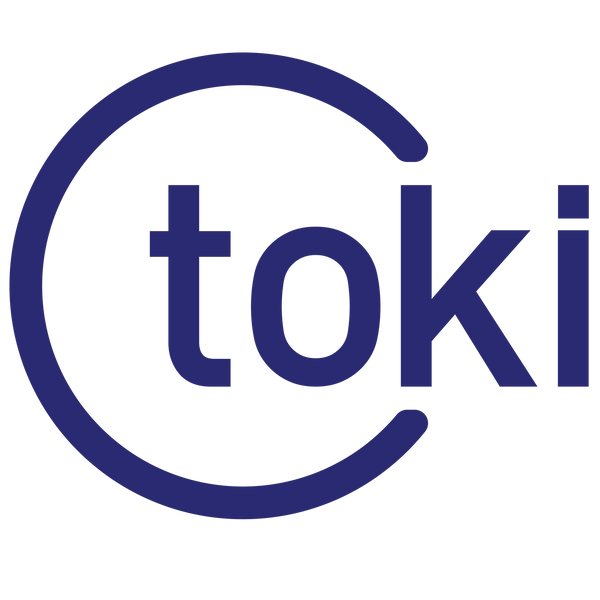
When Laser Depaneling is mentioned, the first thing that comes to most people's mind is that it is a costly investment that is hard to justify.
With advancements in technology, the price-performance ratio of laser depaneling systems have improved greatly and can be deemed as more price competitive as a whole, compared to traditional depaneling methods.
Factors to consider in a cost/benefit analysis:
- Initial Investment Cost
- Quality of End Product/Defect Rate
- Yield
- Cycle Time
- High Variety of Output
- Costs of Consumables or Spare Parts
Initial Investment Cost
As laser depaneling requires the use of laser source to cut PCB, it is inevitably more costly than traditional methods of depaneling such as sawing or milling. It may even cost more to switch all existing traditional systems to a new one, as is the case in many such upgrading projects.
However, making a decision based off the cost of the main equipment is not representative of the total cost of the pipeline, as depaneling has many other aspects that incurs costs throughout the entire process.
Quality of End Product/Defect Rate

The movement of drill bits and saws can create friction and rough edges, and put stress on the panel. It is also not suitable for thin or flexible PCBs which can get damaged by the moving parts. Laser depaneling boasts a stress-free removal method - this contact-free method eradicates any mechanical stress or damage to the components, and can even be used for thin, flexible PCBs or thick, multilayered ones or PCBs with sensitive components. With laser depaneling, the cutting edges of the PCB are also smooth and carbonisation-free, while the entire operation is dust-free, leading to high quality end products.
Yield

Laser depaneling has a high accuracy rate, allowing the laser to cut as close to the desired panel shape as possible. This is a stark contrast to milling and sawing, where significant margin has to be given to account for not just the size/shape of the saw/drill bit, but also pre-routes that the process requires. This means that, with laser depaneling, individual PCBs can be designed closer to each other, allowing for more individual PCBs in the same panel, increasing your yield. This also reduces the cost per unit as more PCBs is now obtained from the one panel.
Cycle Time

The movement of the laser over the pre-determined pattern is significantly faster than any saw or mills. This means the machine can go through more panels in the same amount of time. With the added benefit of automation integration, the entire process can be sped up even more, without needing manual intervention to load/unload the PCB panels.
High Variety of Output

Some laser machines allow for drilling, marking and structuring - giving you a complete solution all in a single machine. Apart from the thin flexible PCBs that was mentioned above, laser depaneling can be used on a wide variety of different substrate materials by simply changing the laser parameters. The very nature of the laser beam also allows high customization in the shapes that can be cut, from simple rectangular or circular shapes, to intricate and fancy structures. Ultra small shapes can also be cut with ease. This pushes the limit on the type of PCB needed especially in medical, automotive and consumer electronic products where electronics are getting smaller and more complicated.
Cost of Consumables/Spare Parts
When mills and saws are used for a while, the friction between the panels and the blade causes wear and tear, leading to blunt edges. This means that regular replacement of these parts is required to ensure constant production. As laser is a non-contact method of separation, no cost is required to replace consumables as there is no wear and tear of the laser source.
Dust is also a by-product of the traditional separation method, and air purifying equipment is required to remove the dust to prevent contamination. With laser depaneling, no dust is created.
Evaluation of Price-Performance Ratio

After considering every aspect of the laser depaneling process, it is clear that laser depaneling has high upfront cost, but low maintenance cost, which is the opposite of traditional depaneling that has low upfront cost but high maintenance cost.
In the long-run, the low maintenance cost, as well as the increased output (quantity, quality and variety) leads to increased savings AND earnings - making laser depaneling the top choice.
